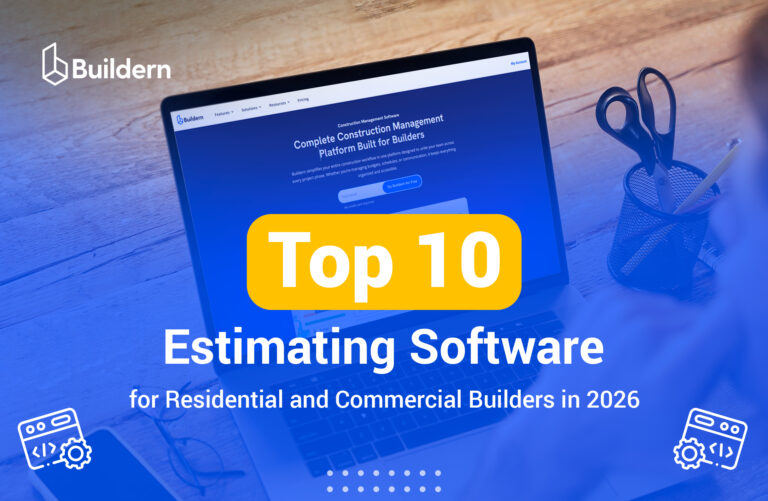How Do Subcontractors Get Paid (and How to Avoid Payment Delays in Construction)

Who are the most trusted contractors? Those who manage payments to vendors and subcontractors on time.
You can have the best contract, a motivated crew, and a solid plan, but if payments start stalling, everything else follows. Cash flow tightens and schedules fall apart. Moreover, even the most reliable subs start hesitating to take on more work.
When the payments flow smoothly, everyone stays focused on building instead of chasing invoices. But when they don’t, tension builds fast.
In my blog article, I will share my experience of how subcontractors get paid and how to make payments more transparent and predictable.
Table of Contents
- Role of Subcontractors
- Payment Laws and Subcontractor Rights
- Payment Chain in Construction
- Contract Types for Subcontractors
- Best Practices for Paying Subcontractors
- How to Build Trust Through Timely Payments

Role of Subcontractors
No matter the scope and the area, a project cannot be profitable and efficient without a professional and experienced construction team. Subcontractors are the pillar of my team. They handle everything from electrical wiring and plumbing to finishes.
Beyond their technical skills, it’s important to hire construction workers who can manage deadlines. The construction schedule is sometimes too flexible, where one job cannot be done without the other.
While subs manage the field work, a general contractor has many functions beyond building. One of the tasks is to manage the financial side, especially payments, to ensure no trade is delayed.
Since subcontractors often depend on general contractors for payment, any delay or miscommunication can quickly disrupt their work and subsequently the contractor’s project.
Payment Laws and Subcontractor Rights
For subcontractors, it’s important to understand the legal protections in place. The laws differ depending on the country and state you are operating in.
Across the U.S., there are two major types of laws. Federal prompt payment laws regulate how quickly you must be paid. However, the rules by state vary as well. For instance, in Texas, the law requires paying within 30 days from the date services or an invoice are received.
The next legal tool is a mechanic’s lien that allows subcontractors and suppliers to place a lien on the property they worked on if they aren’t paid.
In Australia, the Security of Payment Act, or simply SOPA, protects subcontractors by guaranteeing timely payment for work completed. Subcontractors can issue a payment claim, and the contractor must pay within a set timeframe, typically 20–30 business days.
Payment Chain in Construction
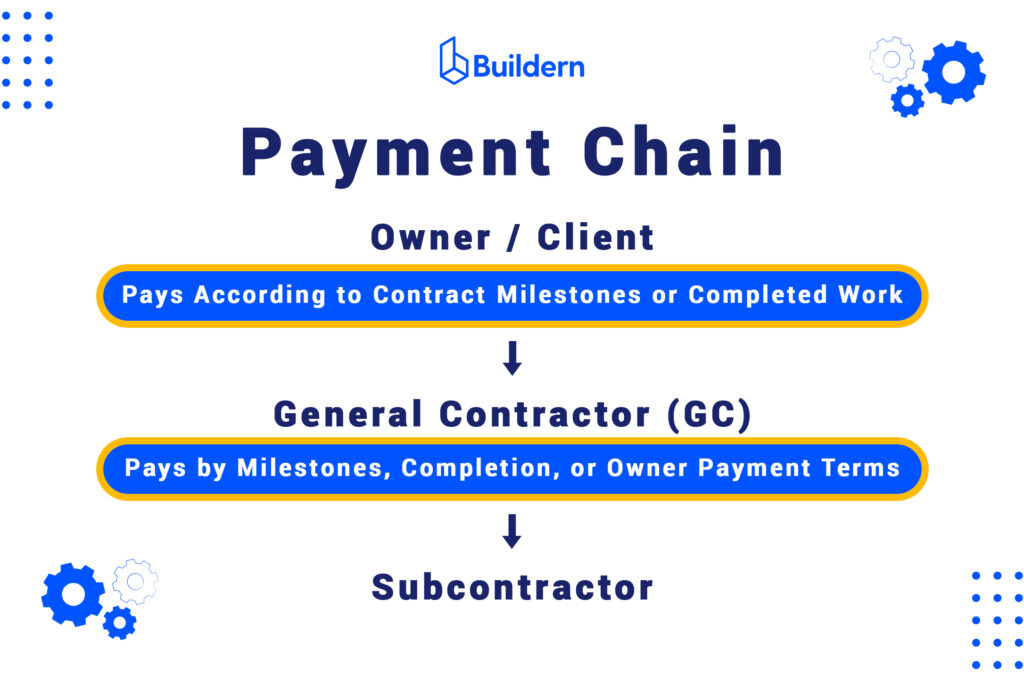
In most construction projects, payments follow a standard chain: the owner or client pays the general contractor, who then pays the subcontractors. In some cases, the sub-subcontractors or suppliers receive their share if applicable.
This structure allows the owner to manage one main contract while the GC oversees specialized trades. Anyhow, it also means subcontractors often rely on the GC receiving payment first, which can delay their cash flow.
In larger or more complex projects, such a traditional flow can vary. For example, in some models, subcontractors might work directly with the project owner or design-build firm. In construction management at risk (CMAR) setups, the construction manager handles payments to subs directly.

Contract Types for Subcontractors
A contract may look simple: a scope of work and a price paid to the subcontractor, and a few signatures. But anyone who’s been on a job site knows that a general contractor contract in construction is complicated.
The same is with a subcontractor. Now I will show what kind of contracts exist for subs and how the payment actually works.
The material type of contract is often chosen when the full scope of work isn’t clear from the start, for example, during renovation or repair projects. It offers flexibility for both the contractor and sub, as adjustments can be made as the work progresses
Lump Sum or Fixed Price Contract
It is one of the most common and easiest types used in construction. You do the job and get paid. In other words, a subcontractor agrees to complete a clearly defined scope of work for a single, predetermined price.
From my experience, this type of contract works best when drawings, specifications, and timelines are well established from the start. However, it can pose risks for subcontractors if unexpected issues arise. The subcontractor carries the performance risk if the issue falls within the original scope.
Cost-Plus Contract
In this setup, the subcontractor gets reimbursed for actual project costs plus an additional fee for profit. This type of contract helps keep things moving without endless change orders or disputes over pricing.
Unit Price Contract
Payment is made per completed unit (e.g., per square foot, cubic yard, or linear meter). Useful when quantities are uncertain but unit costs are known. In this case, you get paid based on what’s actually installed.
It’s particularly useful for earthwork, utilities, and concrete pours where quantities can vary significantly. The key is accurate measurement and documentation.
Design-Based Subcontract
The subcontractor takes part in both design and construction phases. This method is used in the case of specialized trades. For example, when a subcontractor prepares and installs curtain walls or structural steel where the subcontractor has deep technical expertise.
Subcontractor is not just installing from someone else’s drawings, but creating the design, getting it approved, and then building it.
Time and Materials Contract
It’s a pay-as-you-go approach where you bill for actual labor hours at agreed rates plus the cost of materials used.
The material type of contract is often chosen when the full scope of work isn’t clear from the start, for example, during renovation or repair projects. It offers flexibility for both the contractor and subcontractor, as adjustments can be made as the work progresses.
How Subcontractors Get Paid in Residential Projects?
The mentioned contracts do not work for residential projects. In such projects, subcontractors typically bill the general contractor for completed work rather than being paid directly by the homeowner.
Payment terms are often set at the start of the project and can be structured in different ways. Some subcontractors issue invoices on a regular schedule, for example, monthly or on a specific date. Others prefer milestone-based payments, where they get paid as certain stages of the work are completed. If a general contractor is working with software, project purchase orders, and subcontract agreements are directly managed through the platform.
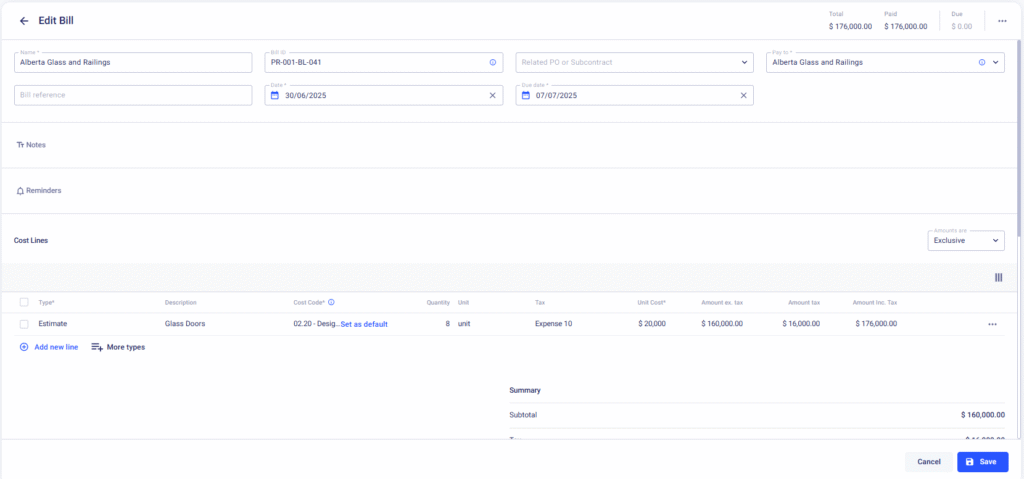
In this case, both parties have a clear, real-time view of pending and completed payments.
Best Practices for Paying Subcontractors
Paying subcontractors on time is key to building long-term, positive relationships. Late payments can cause a lot of problems. One of them is if your subcontractor leaves the site not completing the job. It’s a nightmare for any general contractor and project manager. Here are my recommendations on how to handle payments with subs.
Set Clear Billing Rules and Deadlines
Start with setting clear billing rules and deadlines from day one. Every subcontractor should know when and how to submit invoices, what documentation is required.
When I use our construction management software, I have to make sure this process is clear, even if a sub is not tech-savvy. You can create digital subcontract agreements that outline payment terms, due dates, and milestone schedules.
Meanwhile, subcontractors can then submit invoices or payment claims directly through the platform, ensuring nothing gets lost in emails or paperwork.
Use Written or Digital Agreements
Clear agreements are the foundation of smooth subcontractor payments. Every project should start with documenting the scope of work, pricing, payment terms, and deadlines.
In the past, it meant piles of papers and long email threads. I do it with construction software now. Subcontractor contracts and purchase orders can be created, shared, and approved right in the platform.
By using such tools, there is no need for physical copies, and all project documents are securely stored in one place. Digital agreements also make it easy to track revisions, add change orders, and verify terms later if questions arise.
Review and Approve Invoices Promptly
One simple step can make a huge difference: approving bills as soon as they come in. When a contractor cannot find time to review invoices is one of the most common reasons subs face payment delays in construction.
Even if the work is completed perfectly, a late approval creates a chain reaction. Delayed payment, delayed work, delayed project. Bills can be submitted digitally and automatically routed for approval. In this case, automation will help the project run smoothly.
Use AI for Billing
Any new day in a construction project means working with new subcontractors and vendors. All “paper” or nowadays “digital” work should be done as quickly as possible. If a subcontractor submits an invoice with AI-powered billing, you can immediately scan it and store it in the platform. No more double-checking numbers or sending reminders manually.
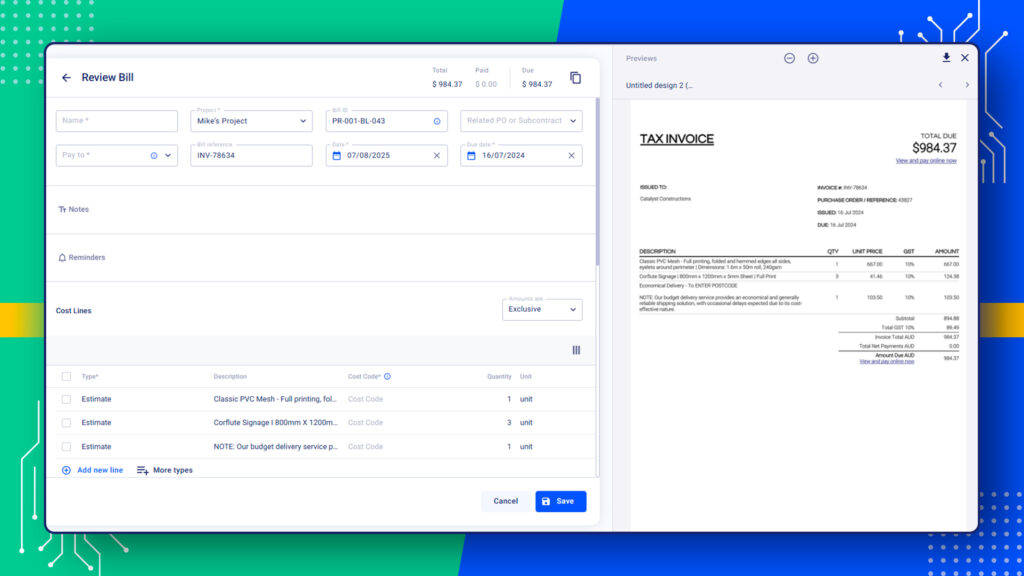
Automation like this saves general contractors and subcontractors valuable time and gives a real-time view of payment status.
Minimize Miscommunication Risks
One of the biggest challenges I’ve seen on construction projects is miscommunication between general contractors and subcontractors. As a project manager, I understand that managing communication clearly and consistently from the first day is crucial. Imagine how much changes in communication if a sub has a separate portal to check the status of work, and most importantly, to track payments.
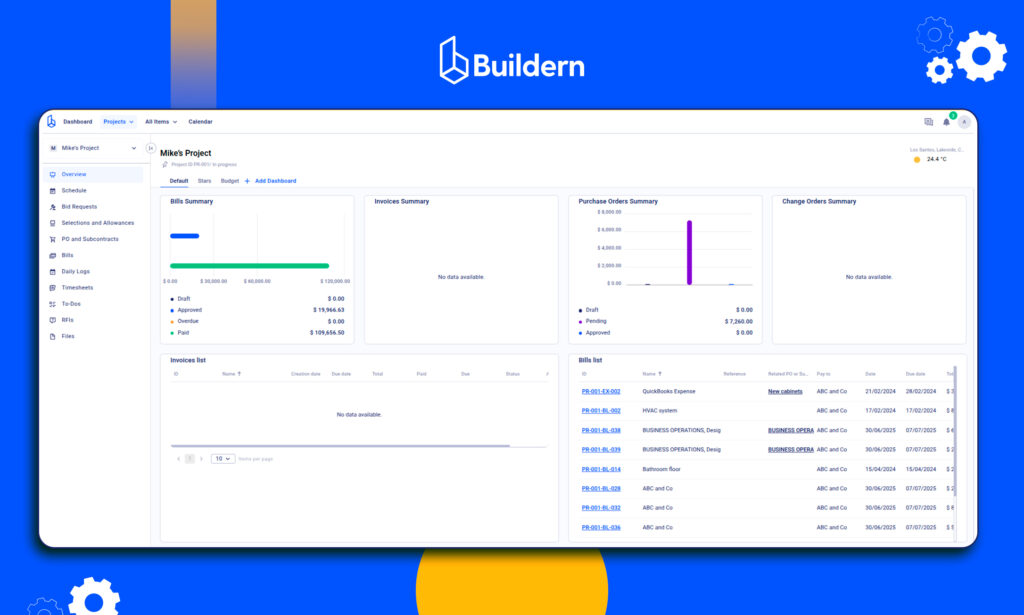
I’ve found that when subcontractors feel confident, they can check the status of invoices, approvals, or project updates anytime. They are less anxious and more productive.
The same is about the built-in messaging functions of the software platforms. For example, a subcontractor is not sure which sink is intended for a master bathroom. It’s easier to get all-clear from a general contract when checking the message in the portal than making several phone calls and checking multiple emails.
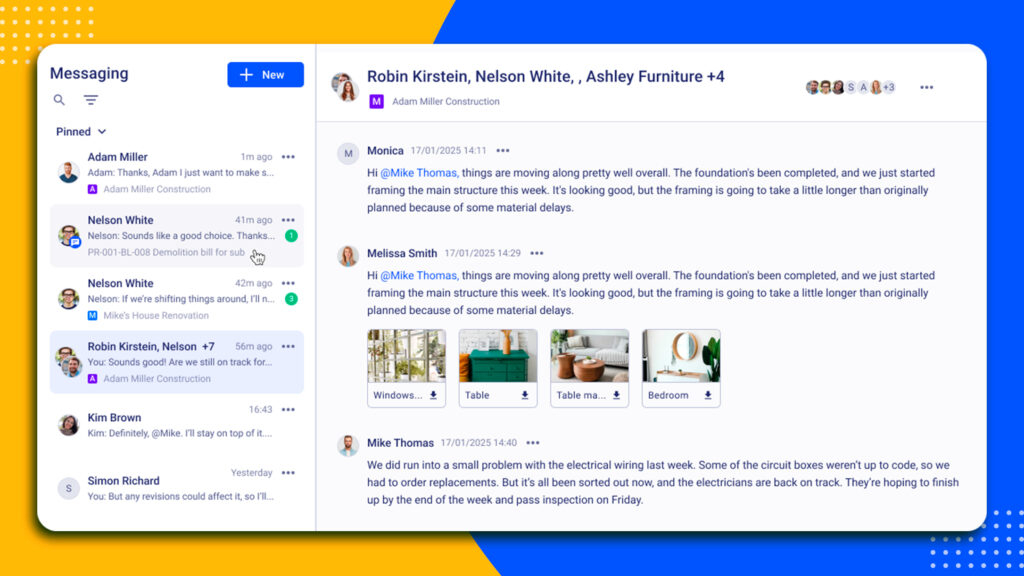
How to Build Trust Through Timely Payments
Payment reliability defines contractor reputation more than any other factor. When subcontractors receive timely payments, relationships strengthen. “Are they paying on time?” It will be the most common question any subcontractor will ask before working with a new GC.
The way how payment ecosystem works is essential for both general contractors and subcontractors. The traditional payment chain flows from owner to general contractor to subcontractors, though variations exist in different project delivery methods.
From a financial standpoint, clear and predictable payments help general contractors plan resources and manage their schedule. However, more important is building reliable relations with subcontractors that always have a positive effect on the project.

How Long Should it Take to Pay a Subcontractor?
Payment timelines depend on your contract terms and local prompt payment laws. Most contracts specify 7-30 days after invoice approval. However, when using construction software and managing billing, there is a due date and a specific timeline in the subcontract agreement upfront.
What’s the Best Way to Track Subcontractor Payments?
It depends on the workflow of a general contractor. Of course, it can be done manually through spreadsheets and email chains. However, the best approach is to use dedicated software to centralize all payment data in one platform.
How to Avoid Payment Disputes with Subcontractors?
Payment disputes drain time, money, and trust. Prevention starts with making clear subcontract agreements that define scope, pricing, and payment schedules in detail. Documenting everything is a universal tip. And, most importantly, discuss any payment delays or scope questions before they escalate.
